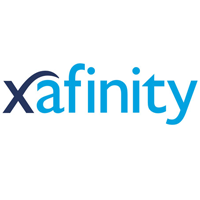In its recent White Paper, the Government firmly shut the door on a statutory override allowing schemes to switch from RPI to CPI. In this note we look at what the future might hold for RPI, in particular how likely is it that RPI might change or be discontinued.
Background
At present, three main consumer price indices are produced monthly by the Office for National Statistics (ONS). The Retail Prices Index (RPI) was the main UK inflation measure for many years and dates back to the 1940s. The Consumer Prices Index (CPI) is required by EU regulations, was first published in the UK in 1997 and has been the basis of the Bank of England’s (BOE) inflation target since 2003. CPIH is a variant of CPI that was introduced in 2013 which includes an allowance for owner occupiers’ housing costs (OOH).
RPI has been on the receiving end of some criticism in recent years, much of it centred on shortcomings in the Carli averaging formula, which it uses (unlike CPI). Back in 2012, the UK Statistics Authority (UKSA) concluded that RPI does not meet statistical best practice. Following that, in 2015 , Paul Johnson, in his independent review of consumer price indices, agreed with this view, recommending that the ONS should move towards making CPIH its headline rate of inflation and that ‘Government and regulators should work towards ending the use of RPI as soon as practicable’. Finally, in 2016, the National Statistician stated that he believed ‘RPI is not a good measure of inflation and does not realistically have the potential to become one’. In the interests
of balance, it should be noted that CPI is also not without its critics, one shortcoming being that it does not include OOH costs (hence the introduction of CPIH).
Recent developments
Comments from Mark Carney
In January, Mark Carney, the Governor of the Bank of England, whilst giving evidence to a Parliamentary committee, was asked whether he was surprised that the ONS seemed to be ‘unwilling to correct known errors’ in RPI. Carney said that ‘[a]t the moment, we have RPI, which most would acknowledge has known errors. We have CPI, which is what virtually everyone recognises and is in our remit. Then there is the ONS’s favourite, if you will, the CPIH, which includes housing costs. At some point, it would be good to consolidate the focus on to one. Lest anyone thinks I am advocating changing the inflation target to CPIH, I am not at this stage, because it does not have the track record in place.’

